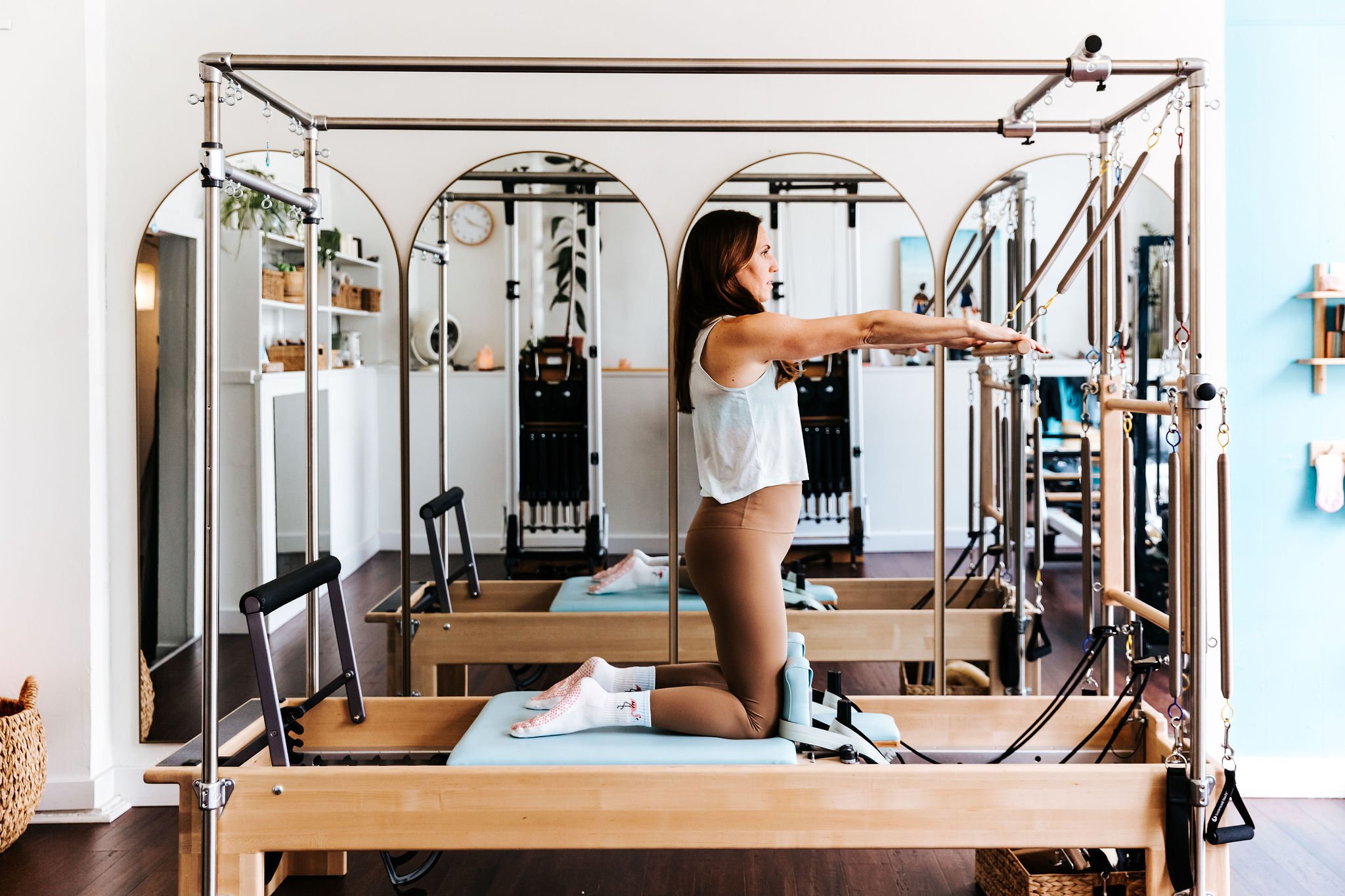
Frequently asked questions.
Physical Therapy FAQ
-
Not likely. Washington is a direct access state, meaning you do not need a referral to receive physical therapy services. Some insurance companies require a referral, including Medicare, PIP, or workers comp.
-
R&R has opted to serve patients as an out of network provider with insurance companies in order to provide each individual with the appropriate care they deserve and not what insurance companies have deemed as appropriate. We are committed to transparent billing and competitive rates. As a fee for service business, we accept full payment at the time of service and can provide patients with a receipt or a “super bill” that can be submitted to their insurance for reimbursement. We recommend contacting your insurance company prior to your visits to inquire about out of network benefits.
-
Your first visit starts with your story and taking a detailed history that helps your therapist understand potential root causes, where referrals may be recommended. It also involves a comprehensive evaluation, including but not limited to movement screening, a specific biomechanical assessment of the area of interest, initial treatment techniques, patient education, and goal development.
-
Clothing that provides PT with ability to visualize the area of concern, as well as allow good mobility.
-
This varies based on many factors. The chronicity and severity of your condition, other contributing factors to overall health, and the commitment we create together will all impact how many appointments each individual needs. That said, PT and Pilates are not often “quick fixes”. While we expect that you are feeling better soon along this journey, long lasting results often require change and learning new or more optimal ways to move your body, which takes time and practice.
-
We request 24 hours notice if you cannot make it to an appointment. If you are unable to provide advanced notice there will be a nominal fee of $50 per missed session.
Pelvic Health FAQ
-
This is a speciality within the profession that focuses on treating injuries or dysfunction related to the pelvic floor muscles. It encompasses a wide range of issues across the lifespan that may include bladder, bowel, or sexual dysfunction, and is often a vital part of postpartum recovery.
-
A pelvic muscle exam involves an internal assessment of your pelvic floor muscles, using a gloved hand. Your therapist will assess normal reflexes, muscle tone and strength, and areas of pain or tenderness. This is not required and is always done at the comfort level of both patient and skilled therapist. The exam is often deferred to the second visit.
-
You are welcome to come to your session during menses. Internal pelvic work is possible during this time, based on the comfort level the patient. The visit can also focus on external factors and/or exercises.
-
Of course! We love babies, and would not want lack of child care to deter you from coming to PT.
Pilates FAQ
-
Pilates is a mind-body exercise that was created by Joseph Pilates in the early twentieth century. Exercises are low impact, full body, and often combine both strength and mobility. It has been well researched and is known for improving core strength, flexibility, balance, and posture.
Megan holds specific training in STOTT PILATES, which is a more contemporary training that utilizes updated knowledge in exercise and medicine to create a beneficial workout. You can learn more here.
-
We want to know your goals and how we can tailor our sessions to most benefit you. At the first visit we will review intake paperwork regarding movement and injury history, screen your posture and general movement patterns, and then introduce you to the Pilates principles with a workout.
-
The short answer is whatever schedule works the best for you. While we recommend 2-3 sessions/week to build a strong knowledge and foundation in Pilates, working towards meeting your goals, we understand that this doesn’t work for everyone. Joseph Pilates has been quoted saying in 10 sessions you’ll feel the difference, in 20 you’ll see the difference, and in 30 you’ll have a new body. We feel there are too many other variables to make this promise; but we can tell you people often feel changes in their body immediately, but with consistency and dedication we think you will fall in love with Pilates and want to practice at least twice a week.
